When Did Short Hair Become Popular: A Historical Analysis of its Rise and Enduring Appeal
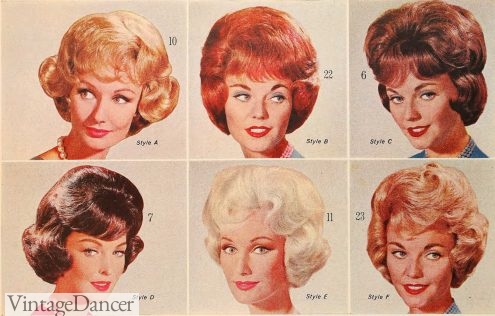
The adoption of short hairstyles as a widespread fashion statement, particularly for women, represents a significant cultural shift with deep roots in social, economic, and artistic movements. While practical reasons for abbreviated hair lengths have existed throughout history, its emergence as a symbol of modernity, liberation, and personal expression marks a distinct turning point, primarily identified with the early 20th century. Understanding the trajectory of this trend requires an examination of diverse historical contexts, from ancient utility to contemporary fashion.
Historically, the practicality of shorter hair has been recognized in various cultures. Ancient Egyptian women, for instance, sometimes wore short, blunt bobs, often beneath elaborate wigs, for reasons of hygiene and comfort in a hot climate. Roman women might also adopt shorter styles during periods of mourning or for specific social roles. In many indigenous cultures, hair length could signify marital status, age, or spiritual connection, with some groups incorporating shorter cuts for specific rituals or during times of war. For men, shorter hair has been a more consistent norm across many civilizations, often associated with military discipline, cleanliness, or social standing. However, these instances were typically driven by necessity, cultural dictates, or specific functions, rather than a broad, fashion-driven popularization for all segments of society, particularly women. For centuries, across Western and many Eastern societies, long, flowing hair was predominantly viewed as the epitome of feminine beauty, virtue, and social status. This ideal persisted largely unchallenged until the dawn of the 20th century.
The foundational shift towards the mainstream appeal of shorter hair began to manifest in the decades leading up to and immediately following the First World War. Prior to this, any departure from long hair for women was rare and often associated with unconventional or rebellious figures, or specific professional roles like nursing, where practicality outweighed aesthetic norms. However, the seismic societal changes ushered in by the early 1900s laid the groundwork for a revolution in women’s fashion, including their hair. The war itself played a critical role; with more women entering the workforce, taking on roles previously exclusive to men, long hair became an impractical hindrance. It was difficult to manage in factories, hospitals, and offices, leading to a quiet, gradual adoption of more manageable lengths.
The true explosion in the widespread acceptance of shorter cuts occurred in the 1920s. This decade, often dubbed the Roaring Twenties, was characterized by an unprecedented spirit of liberation, modernity, and a deliberate break from the restrictive Victorian and Edwardian past. Women had gained the right to vote in many countries, and the burgeoning flapper culture epitomized a new, independent female identity. The bob cut, in its various forms—ranging from chin-length to ear-length, sometimes with bangs, sometimes slicked back—became the iconic hairstyle of the era. This was not merely a stylistic choice; it was a potent symbol of emancipation. Cutting off long hair was a visible rejection of traditional gender roles and an embrace of a more active, unencumbered lifestyle that included dancing, driving, and participating more fully in public life. The Eton crop, an even shorter, boyish style, further pushed boundaries, signifying a daring defiance of established beauty standards. Hollywood stars and fashion icons popularized these styles, making them aspirational and cementing their status as a defining feature of the decade. The significant shift towards abbreviated lengths was a cultural phenomenon, marking a decisive departure from centuries of tradition.
Following the initial fervor of the 1920s, the popularity of shorter hair continued to evolve rather than recede. In the 1930s, while Hollywood glamour often favored softer, waved styles, hair lengths generally remained shorter than pre-1920s standards, often reaching just above the shoulder or to the nape of the neck. The 1940s, marked by the Second World War, saw a return to practicality, with many women maintaining shoulder-length or slightly shorter hair that could be easily managed and styled, often incorporating victory rolls or other updo techniques. The 1950s brought a renewed emphasis on femininity and structured styles, but short hair remained a strong contender. The pixie cut, for instance, gained traction as a chic and sophisticated option, often seen on actresses like Audrey Hepburn, demonstrating that short hair could be both elegant and modern.
The 1960s witnessed another significant resurgence and reinvention of shorter styles, propelled by a youth-driven counterculture and innovative hairstylists. Vidal Sassoon revolutionized hairdressing with his geometric, easy-to-maintain cuts like the five-point cut and updated bobs, freeing women from elaborate daily styling rituals. The iconic pixie cut, famously worn by supermodel Twiggy, became synonymous with the Mod era, embodying a youthful, rebellious spirit and an almost androgynous chic. This period underscored that short hair could be avant-garde and a powerful statement of individuality, further solidifying its place in the fashion lexicon.
Subsequent decades saw short hair continue its dynamic presence. The 1970s, while often associated with longer, more natural styles, still offered a variety of shorter options that reflected the era’s diverse aesthetics. The 1980s, characterized by bold fashion, embraced power cuts and voluminous, often permed, short styles that projected confidence and professionalism, particularly for women entering corporate environments. The 1990s brought a return to sleekness and minimalism, with short bobs and pixie cuts, popularized by figures like Princess Diana and various celebrities, demonstrating a sophisticated, effortless elegance. The point at which short hair gained significant traction was not a single moment but a continuous evolution, adapting to and reflecting the societal mood.
In the 21st century, the appeal of shorter hair has remained robust and incredibly diverse. It is no longer revolutionary but has become an established and versatile choice for people across all demographics. From edgy asymmetrical cuts to classic bobs, from playful pixies to sophisticated shags, short hair continues to be celebrated for its practicality, ease of maintenance, and strong aesthetic impact. It is often seen as a statement of confidence, personal style, and empowerment, allowing individuals to express their identity without conforming to traditional expectations. The historical moment of its widespread embrace was a complex, multi-faceted process, driven by a confluence of social change, evolving beauty standards, and individual desire for self-expression.
FAQs about the Popularity of Short Hair
- What historical period is most associated with the rise of short hair for women?
The 1920s are most strongly linked to the widespread adoption of short hair for women. This decade saw the bob cut become an iconic symbol of modern femininity and liberation, marking a significant break from previous beauty ideals. - What factors contributed to the increased appeal of abbreviated hair lengths?
Several factors contributed to this trend, including the societal changes following World War I, women’s suffrage movements, the flapper culture, and a desire for practicality in new professional roles. The influence of celebrities and fashion icons also played a crucial role. - Were there any practical benefits to women adopting shorter hairstyles?
Yes, significant practical benefits existed. Shorter hair was easier to maintain, wash, and style, saving time and effort. It was also more hygienic and comfortable, particularly in warmer climates or for women engaged in work or active pursuits. - Did shorter hair styles remain popular after the 1920s?
While styles evolved, shorter hair maintained its popularity and continued to be a fashionable choice in subsequent decades. The 1930s, 1940s, 1950s, and particularly the 1960s, saw various forms of short hair, such as the pixie and geometric cuts, adapted and celebrated. - Is the choice of short hair still considered a New Hair Style Cut For Men An Evolving Landscape Of Masculine Aesthetics statement today? Today, opting for short hair is largely viewed as a matter of personal style and preference, rather than a radical statement. However, it still often conveys confidence, modernity, and a distinct aesthetic, reflecting individual empowerment and freedom of expression.
Tips for Understanding the Historical Context of Short Hair Popularity
- Examine Societal Shifts: Focus on periods of significant social upheaval, such as post-war eras or women’s rights movements, as these often correlate with changes in fashion and beauty standards.
- Consider Practical Needs: Analyze the practical requirements of daily life during different historical periods. The demands of work, hygiene, and leisure activities frequently influenced hair trends.
- Trace Cultural Icons: Identify influential figures, including movie stars, musicians, and fashion designers, who popularized specific short hairstyles, as their visibility drove widespread adoption.
- Recognize Symbolic Meanings: Understand that hair length can carry symbolic weight. Shorter styles often represented liberation, rebellion, or a rejection of traditional gender roles in certain eras.
- Observe Technological Advancements: Consider how developments in hairstyling tools, products, and techniques impacted the feasibility and appeal of various short cuts over time.
Conclusion on the Popularity of Short Hair
The narrative surrounding the widespread appeal of shorter hair is a rich tapestry woven through centuries of human history, with its most pronounced emergence as a fashion trend in the early 20th century. The significant shift from predominantly long hair for women to the embrace of abbreviated lengths was not a singular event but a complex, multifaceted process. It began with subtle shifts driven by practical necessity during wartime, culminating in the cultural explosion of Type Of Hairstyle For Type Of Face A Comprehensive Guide To Harmonizing Hair And Facial Structure the 1920s, which firmly established short hair as a powerful symbol of modernity, independence, and a definitive break from Victorian constraints.
Subsequent decades saw the enduring relevance of shorter styles, continually adapting to new social contexts, fashion trends, and technological innovations. From the sleek bobs of the Jazz Age to the rebellious pixies of the Mod era, and the power cuts of the 1980s, short hair has consistently offered versatility, practicality, and a means of profound self-expression. Its evolution reflects broader societal changes, particularly the changing roles and perceptions of women. Today, the choice of short hair remains a testament to individual style and empowerment, a versatile and timeless option that continues to resonate with diverse aesthetics and personal preferences. The journey of shorter hair from a niche choice to a mainstream phenomenon underscores its deep cultural significance and its lasting impact on global fashion and identity.
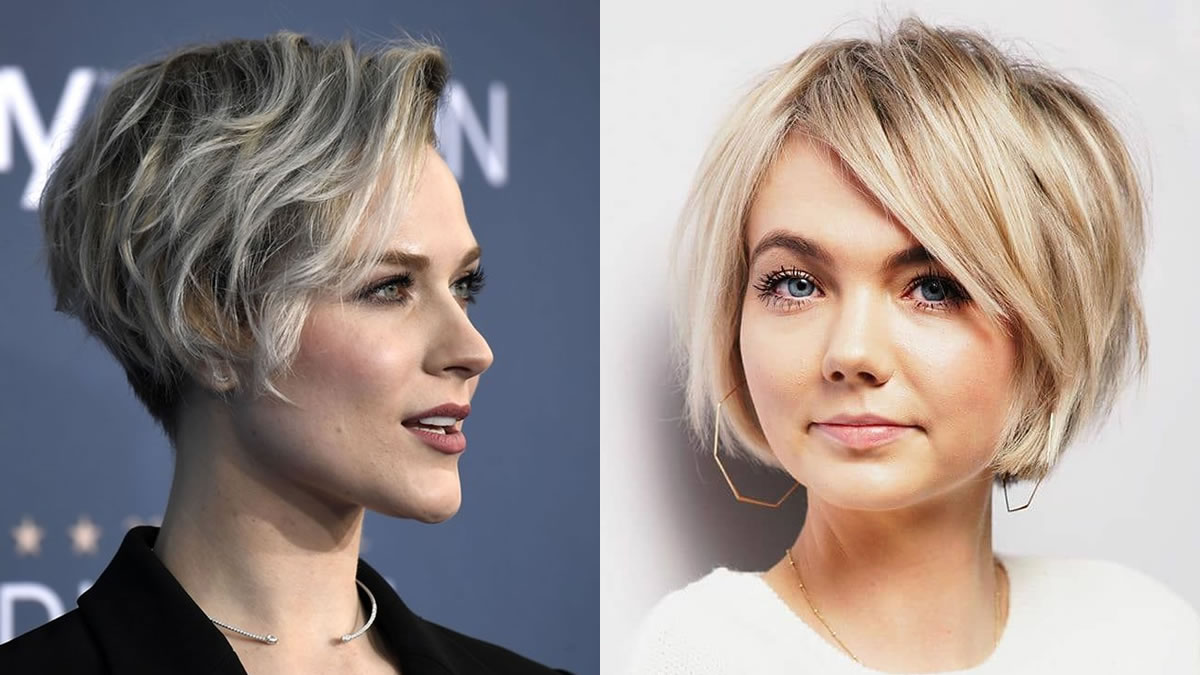


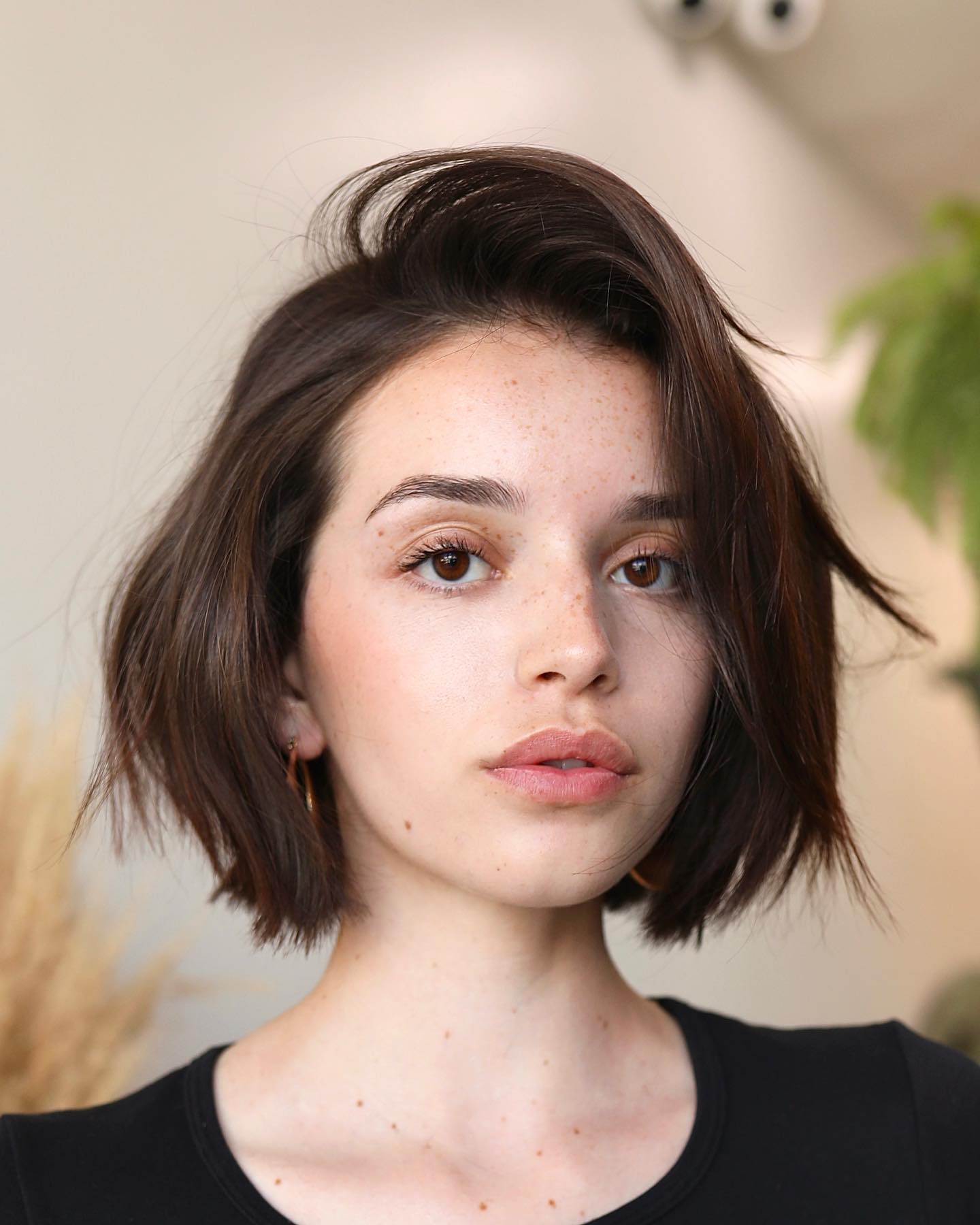

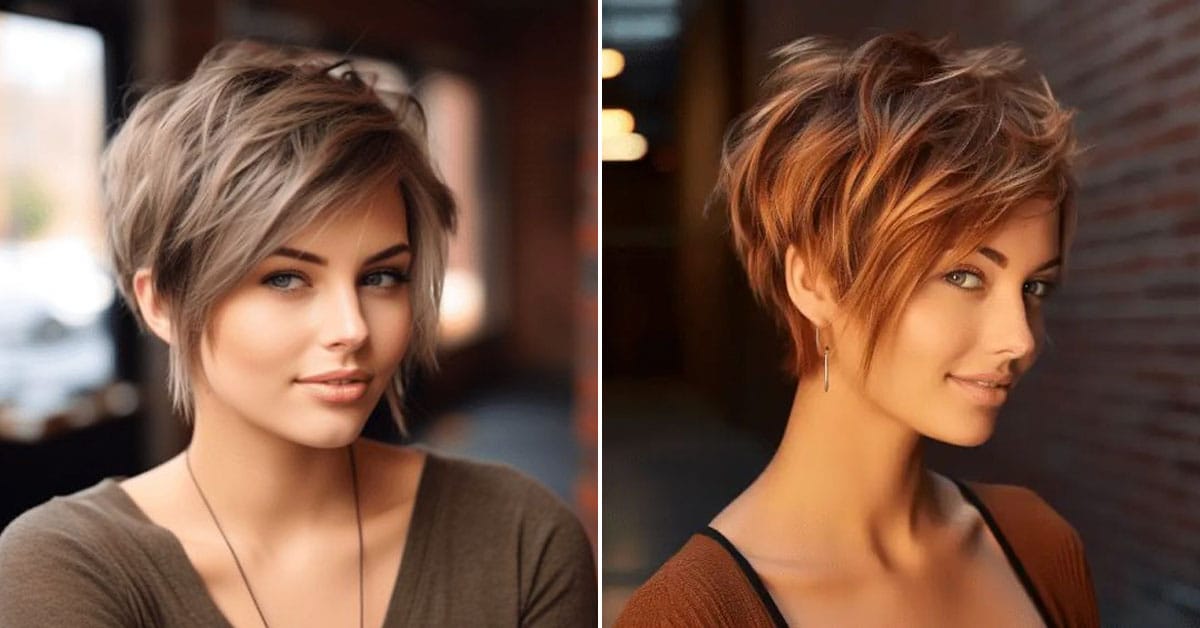
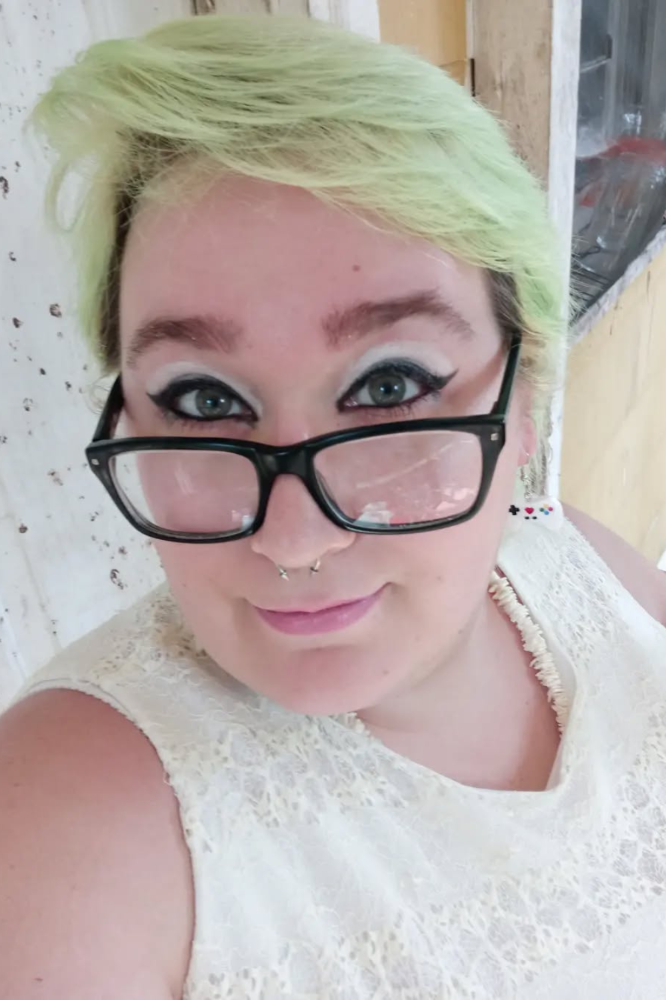
More suggestion: Dining Table And Chairs Very An Exploration Of Their Profound Significance And Diverse Manifestations